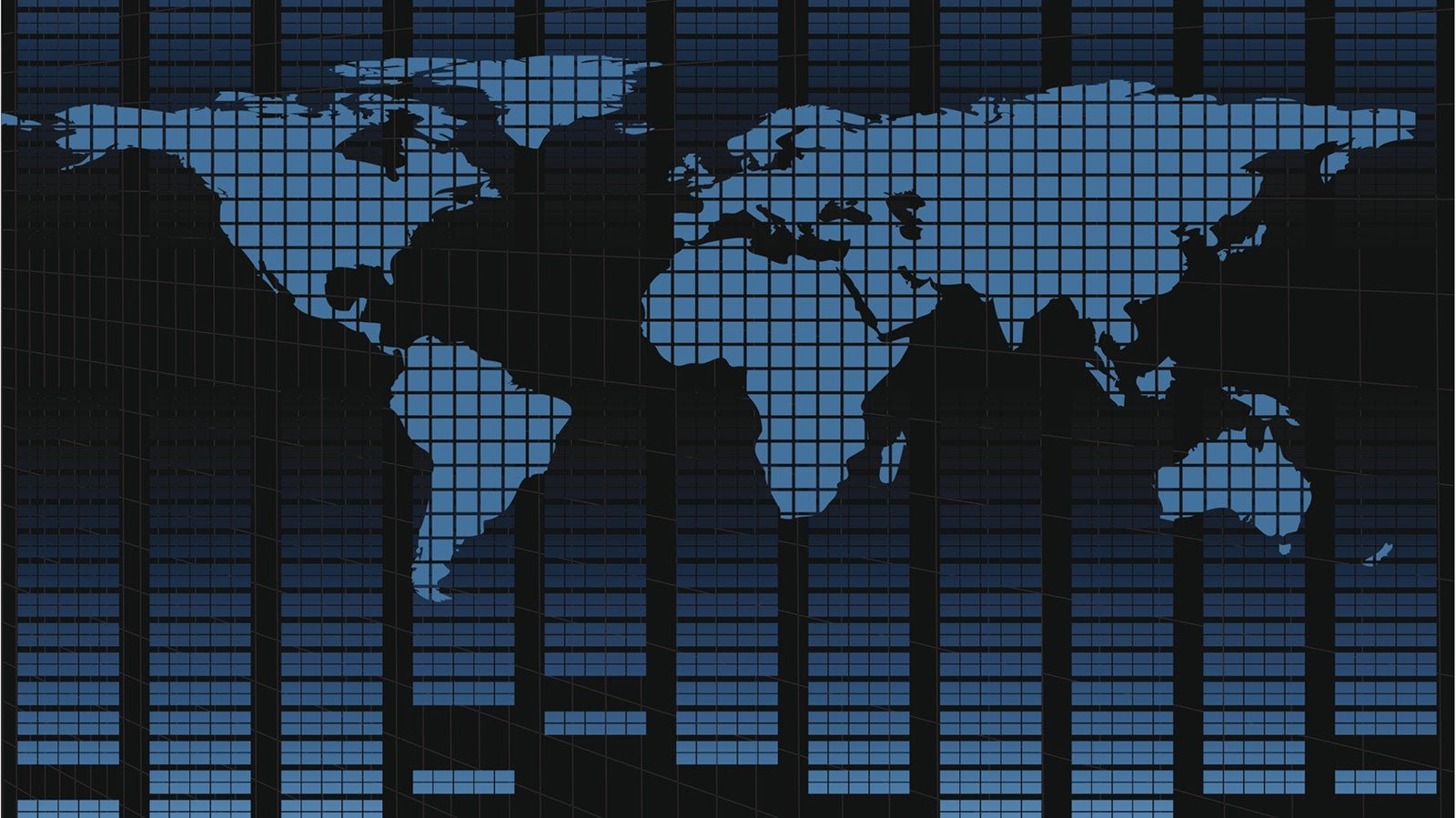Six global market trends to know, six risks to hedge
Over the next three to five years, we believe six key trends are likely to define the global opportunity set available to investors and the returns they can expect. They are:


Over the next three to five years, we believe six key trends are likely to define the global opportunity set available to investors and the returns they can expect. They are:
- Converging to New Normal potential growth rates in developed and emerging economies.
- Evolving to a re-regulated, better capitalized global banking system.
- Moving from energy scarcity to energy abundance unlocked by the shale revolution.
- Accelerating from deflation and toward targeted 2% inflation in the major economies.
- Shifting (a nascent trend) from a global savings glut supported by lower commodity prices and toward narrowing global imbalances amid stronger global demand, which will depend to some extent on whether China can succeed in making the middle income transition.
- Implementing (another nascent trend) better economic policy in key emerging economies (China, India) as well as key developed economies (eurozone, Japan) with at least the possibility of future breakthroughs in US economic policy (immigration, oil exports, trade promotion authority).
However, investors will also need to identify and hedge against these six secular tails:
- With trend growth rates and inflation modest, policy rates low, public balance sheets bloated and public debt high, few countries would have room to maneuver to deploy countercyclical policy were the global economy to go into recession within the next five years.
- The re-regulated, better capitalized global banking system allocates little of its balance sheet to making markets, resulting in greater likelihood of flash crashes, air pockets, and trading volatility.
- The trend away from energy scarcity and toward energy abundance creates big losers as well as winners and is only a net positive for global demand if the winners’ boost in consumption offsets the losers’ cut in consumption and capital spending.
- Geopolitical conflicts have thus far been taken in stride by markets, but “disaster risk” is to some extent priced into financial assets today and is a source of volatility and downside risk to equity prices and credit spreads and upside potential to Treasury and Bund prices.
- The distribution of global inflation outcomes has a right tail as well as a left tail; over our five-year horizon, a breakout of inflation to the upside of central bank inflation targets is not as unlikely as many seem to assume.
- A trend is called nascent for a reason—there is a risk it does not develop—and there is risk to our optimistic baseline that foresees better economic policy in key emerging and developed economies and the possibility of future breakthroughs in US economic policy over our secular horizon. There remains a tail risk of political polarization in the eurozone and/or a British exit from the European Union. In China, the planned reforms are ambitious, but success is not assured, and capital account liberalization in particular will be challenging to accomplish in the time frame announced.
Read more in PIMCO’s Secular Outlook Report.
This article was written by PIMCO and not by the Quartz editorial staff. All investments contain risk. This site contains information provided by both PIMCO and Quartz. PIMCO content contains the views and opinions of PIMCO and/or its representatives at the time of publication. This information is provided for illustrative purposes only and is subject to change without notice. This material is not indicative of the past or future performance of any PIMCO product and should not be considered as investment advice or a recommendation by PIMCO of any particular security, strategy or investment product. PIMCO is not responsible for the information or views communicated by the Quartz or any other non-PIMCO content.